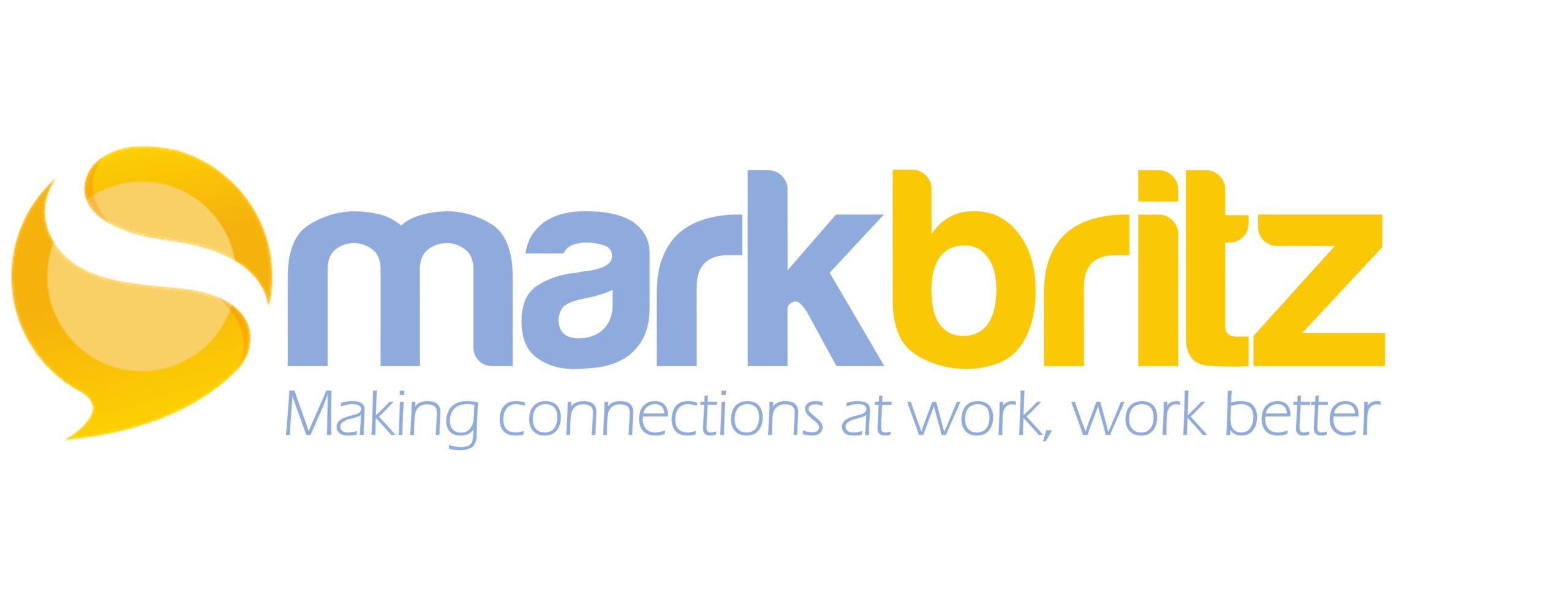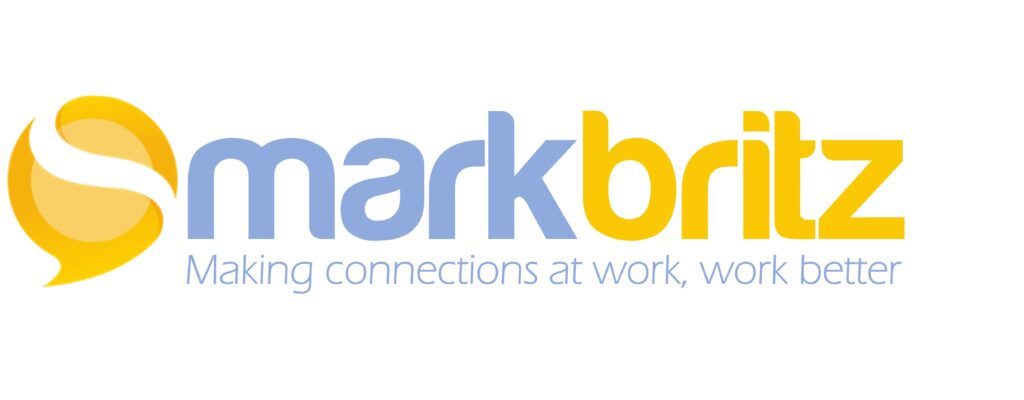There is a rush to social everything today. Organizations who rush to connect their workforce often painfully find out their big efforts fail. I must say, that the idea of a completely connected workforce sharing and collaborating with knowledge flowing freely through Wirearchies is very enticing and frankly the right goal to strive for. I want to be there too …but I am willing to move somewhat slower as I fear that what is being lost is the fact that social media, in its simplest definition, is a tool.
“Culture is an emergent property of the many practices that happen every day. Change the practices and a new culture will emerge.” – Harold Jarche
An area I had the opportunity to target with a social solution was Employee On boarding.
The two high level goals of on boarding are:
1. To make new employees feel welcome and comfortable in their new surrounding.
2. Minimize the time before new employees are productive members of their new team.
The reality is that most on boarding efforts fall quite short of meeting each of these goals. A 2011 survey by the Society for Human Resource Management (SHRM) revealed some very sobering data:
• Most on boarding lasts less than 8 days.
• Only 8% of organizations surveyed do extensive monitoring of their formal on boarding programs.
• Only 15% of organizations surveyed conduct an extensive evaluation of their on boarding program’s effectiveness.
Of significance also is that only 57% of surveyed organizations provided new hires a personal mentor and 35% engaged the employees in any significant socialization efforts with their new work group. Yet 94% said these two activities are critical!
T
he biggest culprits noted:It would appear that most on boarding efforts are top heavy, top down formal approaches. And frankly… formal is failing. The truth is most organizations I fear focus on goal 2 (job skill development), for good reason but unfortunately they completely neglect goal 1 (socialization).
I believed the answer to his business problem was not a formal approach but in flipping the focus and getting the new employees to productivity by placing community (Goal 1) as the cornerstone and build knowledge through this community rather than begin with formal training programs detached from the job (Goal 2).
Step 1: Buy-in
Its more common than we want to admit but many present the solution before really knowing the problem. Digging deeper and having the executive articulate the real issues made it much easier to present a different approach and shake the training default mentality. It’s nearly impossible to argue with ones own data.
Step 2: Partner with Your People
On boarding should be a group effort. There are benefits for all involved to have the new hire succeed so all should play a role in making that happen.
I suggested he ask his current experienced recruiters what the top questions Dentists interested in our organization ask during the recruitment process. The group generated 85 unique questions! We placed these in a wiki and then had different recruiters answer each of the questions. The executive was able to review and was surprised at some of the inaccuracies but pleased that they were surfaced to be corrected. This short process provided a knowledge base immediately useful for new hires to draw upon.
Step 3: Social Media Introduction
My current use of Yammer in a small pilot within L&D made the tool selection easier. Plus, although it has many features, it is relatively simple to use and mirrors familiar personal tools like Facebook. Since the group was small I was able to take an opportunity to have all Recruiters in a 2hr discussion and overview of social media. The emphasis was on “why” not how. I started by using a frame game I adapted from Thiagi, “Improved Solutions“, where after being presented with an authentic problem the groups move through sessions where they generate, criticize, defend, collaborate and ultimately produce a viable new solution. I then collect all the papers, ripped them up and threw them in the garbage. I remind them that this is what happens when we use email or phone calls to share and collaborate. It resonated quite well and then we shifted to start playing with Yammer…yes, playing. Doing this together allowed more savvy folks to share with others on the “how to’s” and I spent most of the time leading with phrases like “check this out.” and “now you can …”. It was impactful because it was casual, experiential and meaningful to their work.
Step 4: Encourage, Model, Acknowledge
No training. The main ingredient is consistent leadership activity and my executive partner was more than willing (yes, maybe I was blessed or maybe it was due to step 1). Each email or call he received from one of his team members he asked that they post it on Yammer and get more heads around it – this took a major mind-shift He was quick to jump into conversations and not give the answer but to stir up discussion and seek more voices. He used hash tags and shared them, he posted humorous material to show that it was OK to just chat and share. He leaned on me for advice and encouragement to stay the course early on and it paid off.
By January, only 8 months after launch the 24 member Yammer group generated over 1600 posts/comments. We analyzed each and placed them into categories with the following percentages:

The solution was small in scale: focused on a key group, and targeted results (rapid OTJ learning in work context). Social media could be leveraged to eliminate the need for out of work flow formal activities and allow the new hires to tap into the expertise of the veteran to find solutions, information and collaborate in real time. Furthermore it allowed the new folks to openly share their learned knowledge from previous organizations with the senior team members; adding value and with it a deeper sense of purpose to the community.
In the end the approach addressed many of the barriers to on boarding noted in the SHRM survey:
1. Limited monitoring and evaluating
What could be easier and more transparent than using social media? Current efforts to monitor involve subjective feedback and delayed evaluations all well past the opportunity to impact those involved. Social media enables continuous monitoring and a sort of formative evaluation when adjustments can be made very quickly and benefit the new hire the most.
2. Lack of time
No longer was there a need to pull people out of production (HR, Training, etc) to support a new hire, they have a Community of Practice at their fingertips not only getting useful approaches and valuable information but gaining critical context from those within their work group, who really know the ins-n-outs of the job and the organization.
3. Lack of management support
When a solution calls for limited financial contribution and less drain on “human” resources it’s a bit easier to gain agreement. CoPs with active community facilitation can guide a new hire to productivity quickly, efficiently and without all the unnecessary hand holding that is typically seen.
4. Lack of financial support
Our total monthly Yammer expense was 5.00 per person per month. Small in comparison to using multiple professionals for training and material development, travel expenses, opportunity costs etc. In the end, the on boarding project became a ongoing program reaping benefits far beyond ramping up a new employee. A community exists now that moved from basic knowledge and skill acquisition to collaborative innovation.
Start Small, Think Big, Go Fast!
It’s time to rebuild on boarding programs around community and not control as the cornerstone of the new structure; we can’t afford these any more. Moving away from formal designs, as social media charged networks offer a cost effective, resource relieving, transparent solution to the shortcomings inherent in formal on boarding programs. A slow growth strategy is one that if employed can strategically solve a specific problem in the short-term while working to create an collaborative culture in the long-term.
Frankly, I don’t believe organization wide social media platform adoption should be the terminal goal. The real goal is workers employing Personal Knowledge Management (PKM) skills in fertile networks both inside and outside the organization. Platforms should then serve to support social initiatives and groups but should eventually exist as only a part of the workforce’s overall network and tool set.
Below is my Webinar with Jane Hart from April 2012 which digs a bit deeper into my use of Social Media for learning approaches beyond this on boarding effort.

